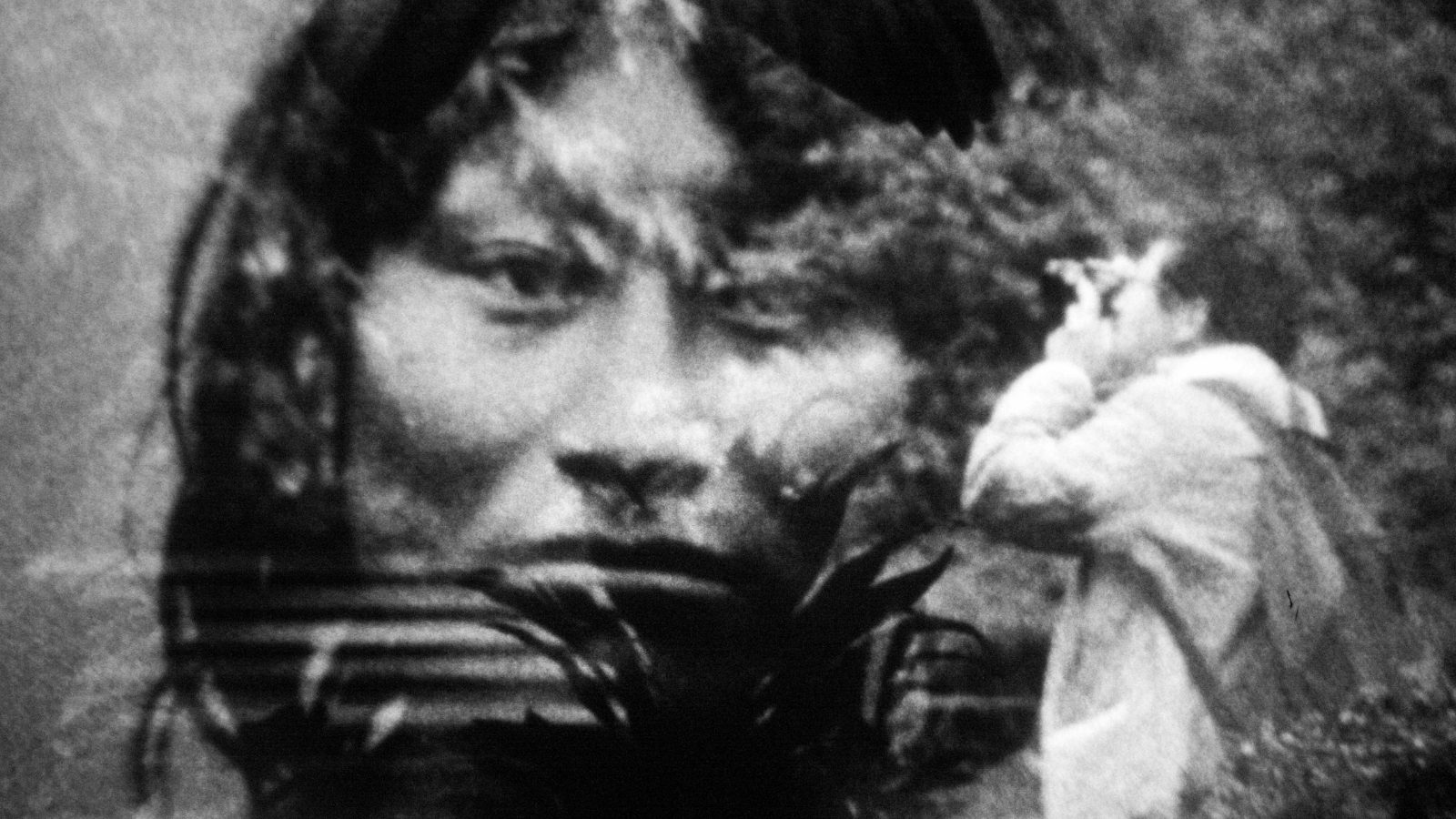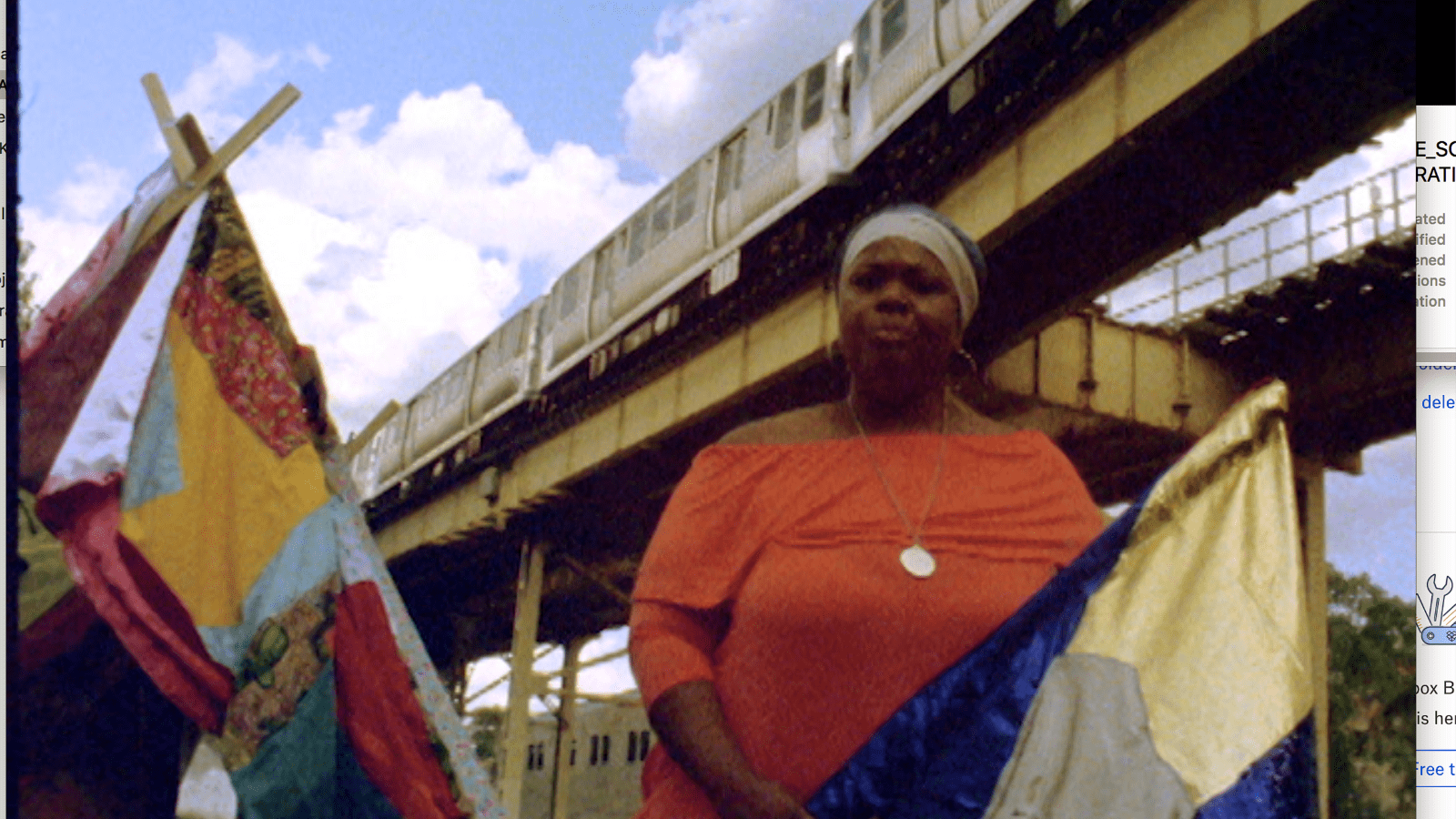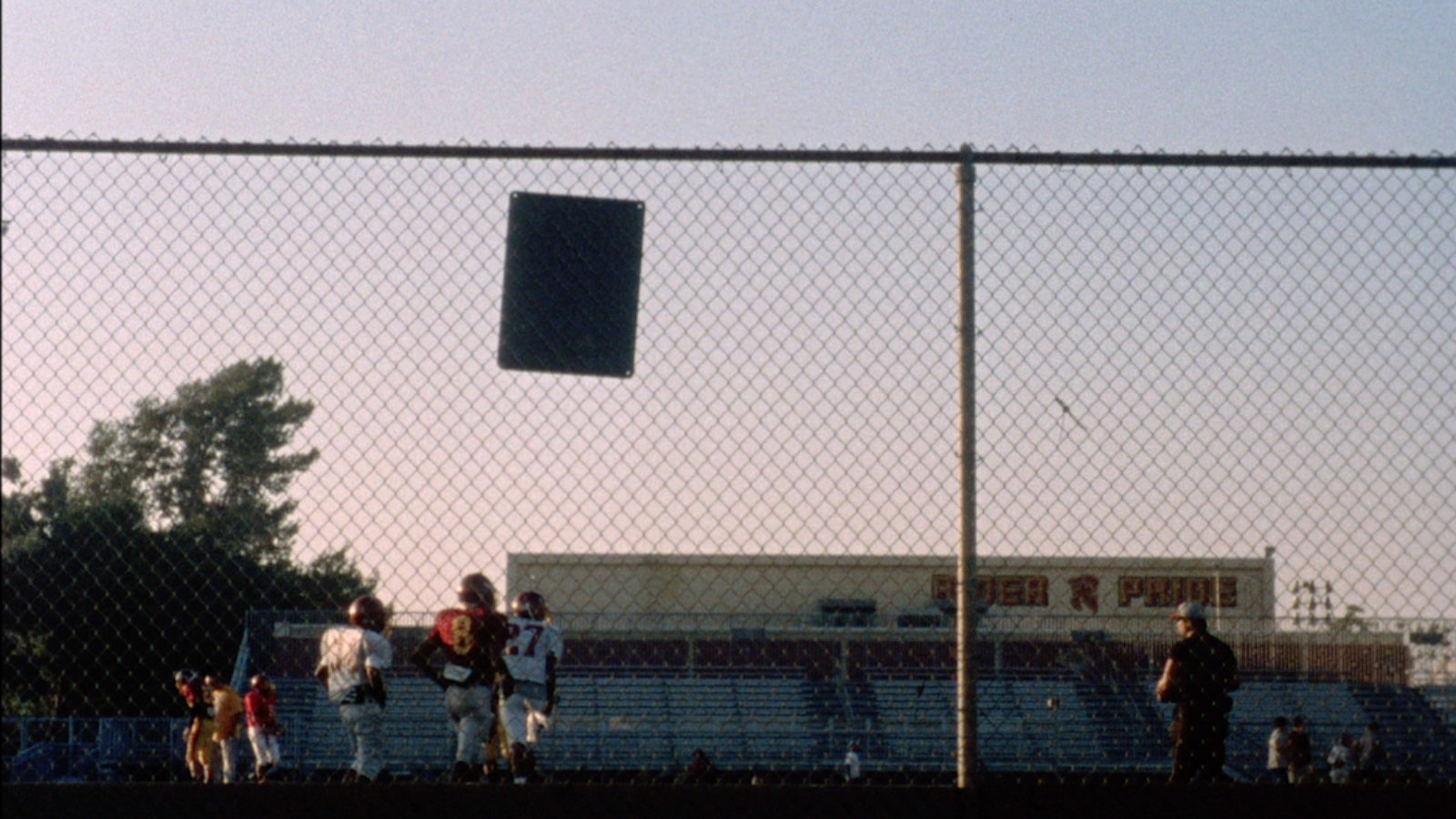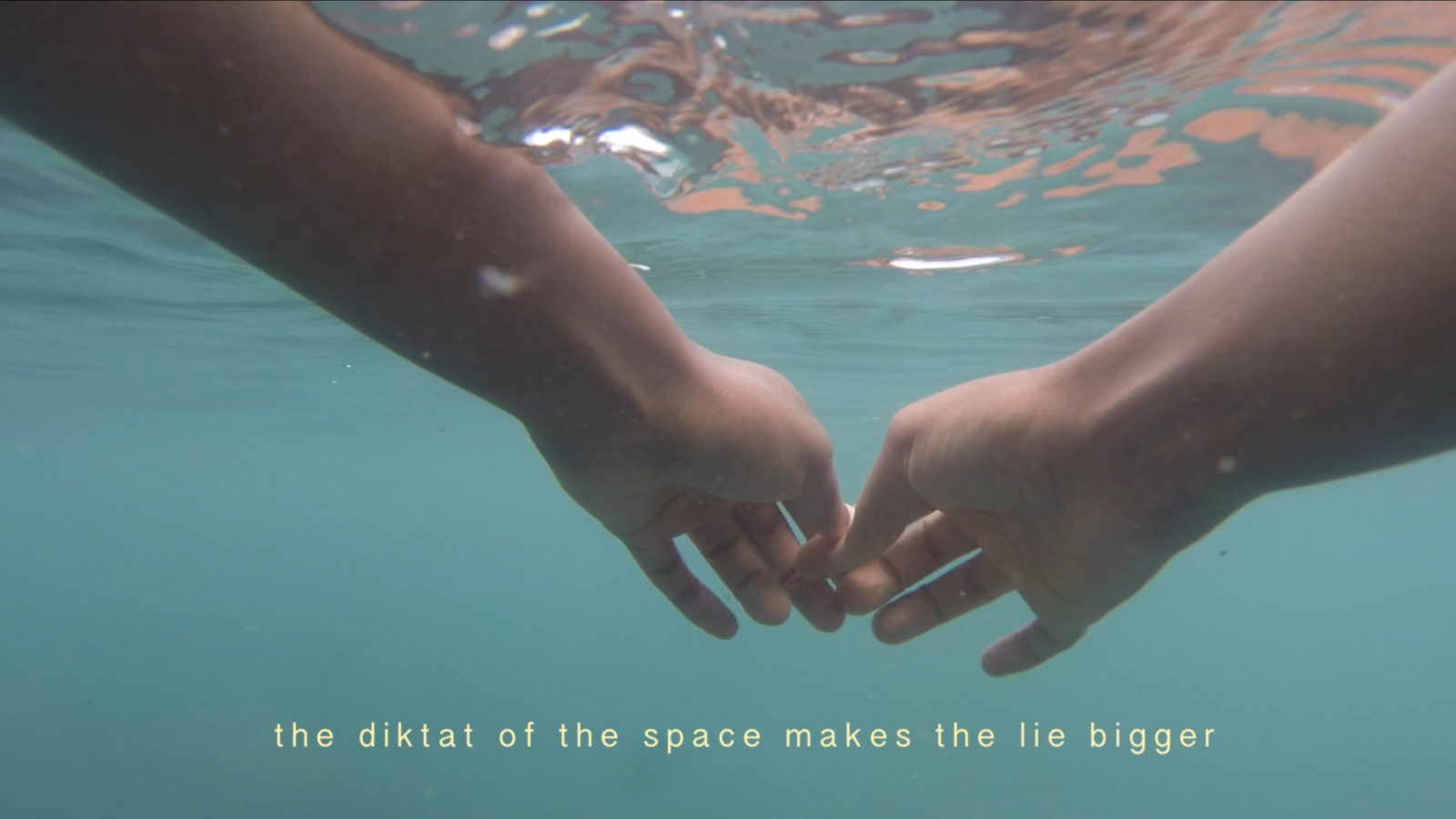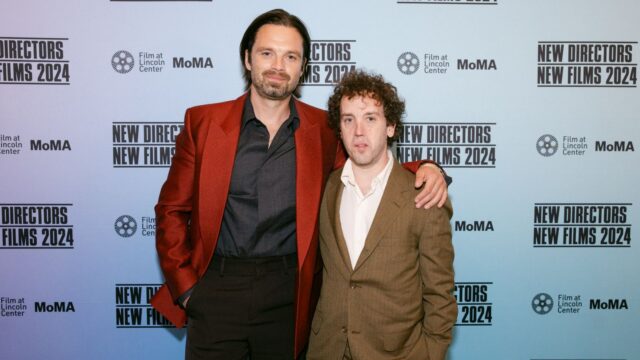Program 2: Acts of Refusal II: The Persistence of Invisible Traces
The desire for the encounter oscillates, in this program’s films, between alterity and recognition of sameness. Each work engages with an inward exploration, employing the intimacy of a subjective first-person address to reckon with an environment devastated by colonialism and its consequences. The evocation of genocides and violence is mostly left outside of the frame, pointing instead to intense forms of absence, erased indigenous narratives, and diasporic legacies. Even if loss and exile are predominant themes of this program, each artist conceives a singular space for remembrance, where opacity, embodied gestures, and a trace can create a radiant force.
Strata of Natural History
Jeannette Muñoz, Switzerland/Chile, 2012, 16mm, 11m
Opening with the double exposure of photographs of Kawéskar natives in Berlin in 1881 and views of the city’s Zoological Garden in 2011, this film recalls the forgotten history of human zoos present throughout Europe until the mid–20th century. Composing the work through alternating glimpses of Chile and Germany, Muñoz delicately creates a silent memento of belonging and exile.
Three Songs About Liberation
Cauleen Smith, USA, 2017, 10m
Three monologues from the book Black Women in White America (edited by Gerda Lerner) are performed by actors looking directly into the camera, surrounded by flags created by the artist herself. Inspired by Soviet avant-garde cinema, this revolutionary work calls upon the legacy of subversive Black voices.
Nefandus
Carlos Motta, Colombia/USA, 2016, 13m
Looking for “the traces of the predesignated” inscribed into a Colombian landscape, Nefandus awakens the memory of pre-Columbian nonbinary sexualities, heavily repressed and destroyed by the Spanish conquest. Intertwining Arregoces Coronado’s voice in Kogi and the filmmaker’s in Spanish, the film becomes a sensual record of heretofore undocumented desires.
La huella
Tatiana Fuentes Sadowski, France, 2012, 18m
The voices of a forensic doctor and the filmmaker herself accompany a photographic archive gathered by Peru’s Truth and Reconciliation Commission, documenting atrocities committed during that nation’s civil war from 1980 to 2000. La huella, “the trace,” lends material form to the collective emotional trauma that lingers after a war.
Fatima’s Letter
Alia Syed, UK, 1992, 16mm, 19m
A diasporic sensation cuts across the first seconds of Fatima’s Letter, filmed entirely at Whitechapel Underground Station in East London. The disjunction between the Urdu spoken on the soundtrack and its English translation, and between trains crossing the frame, filmed with a completely still camera, and intimate observance of anonymous faces, materialize the liminal emotional space of migration.
Farewell
Alexandra Cuesta, Ecuador/USA, 2013, 10m
Mapkaulu Roger Nduku’s voice infuses Los Angeles’s Boyle Heights, a neighborhood historically built by diasporic communities and immigration, today subject to gentrification. Assembled like a series of tableaux, this farewell letter to the filmmaker’s ephemeral home depicts what Trinh T. Minh-ha calls an “elsewhere, within here,” a series of places at the threshold of transitions to come.
Toli toli
Minia Biabiany, France, 2018, 10m
Minia Biabiany’s graceful Toli toli is a haptic missive to Guadeloupe, the artist’s homeland. “Toli toli” means “butterfly chrysalid” in Créole. Its presence, alongside other organisms, songs, and murmurs, operates as a metaphor for a territory shaped by colonialism. The work is constructed through stratifications of narratives and migrations.

